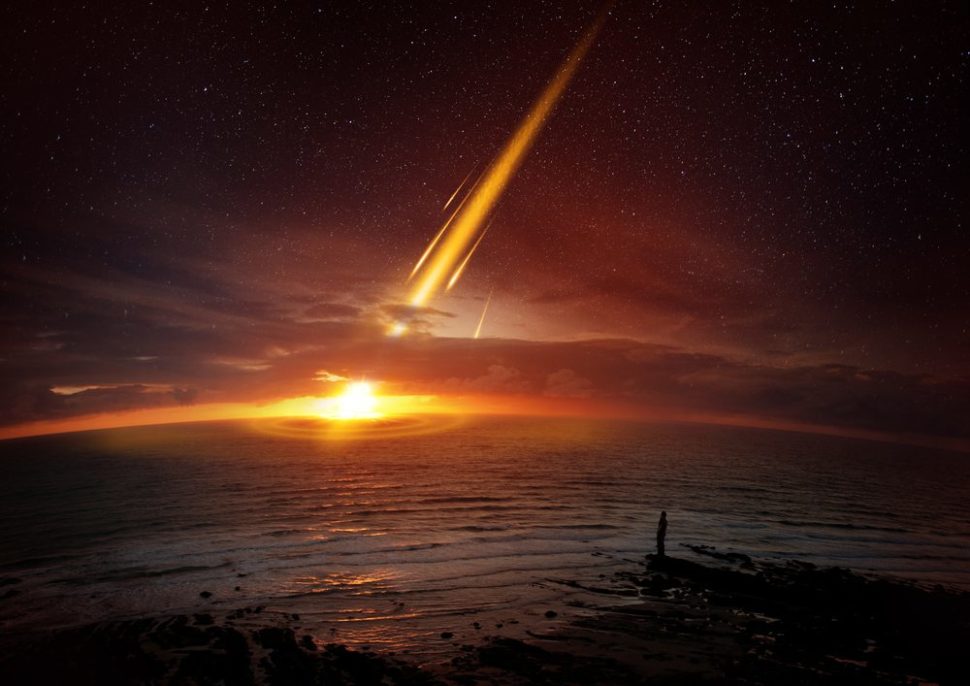Could carbon dioxide emissions trigger the next mass extinction? Math says yes, and it could start by the end of this century.
Over the last 500 million years, life on Earth has almost completely vanished at least five times, due to reasons that could include glacial periods, falling sea levels, volcanic activity and asteroid impacts.
These events are commonly referred to as the five mass extinctions; and everything seems to indicate that we are heading toward another major extinction event, which this time could be anthropogenically-induced.
Sixth mass extinction event could start by 2100.Click To TweetThe Ordovician–Silurian Extinction
The first event took place between the Ordovician and the Silurian, around 440- 445 million years ago. Following the entrance of our world into a glacial era, highlighted by falling sea levels, most of the living organisms on our planet (86%) were wiped out.
The Devonian Extinction
The second mass extinction occurred between 375 and 360 million years ago, during the late Devonian. It led to the disappearance of 75% of the species living on the planet and may have been caused by a phenomenon of marine anoxia.
The Permian–Triassic Extinction
Also known as “The Great Dying”, the Permian–Triassic mass extinction event, which occurred 251 million years ago, was a lethal blow to the planet’s biodiversity.
Considered the worst ever, this extinction event wiped out around 96% of life on Earth. All life that exists today descends from the 4% that survived.
Triassic–Jurassic Extinction
The Triassic-Jurassic extinction event, which occurred between 199 million and 214 million years ago, was a real hecatomb. This time 75% of marine and terrestrial species were exterminated.
This event paved the way for dinosaurs to reign over the world–for a while.
Cretaceous–Paleogene extinction
The last, and perhaps the most well-known of these five extinction events, the end of the Cretaceous brought on the demise of dinosaurs 66 million years ago.
But not only dinosaurs, 76% of the species living on the surface of Earth perished due to a deadly combination of climate change, asteroid impact, and volcanic eruptions.
We’re Pulling the Trigger on the 6th Mass Extinction
We are now living in the Holocene era, or the Age of Man, which goes back about 12,000 years ago to the last glacial epoch.
And according to a study by Daniel H. Rothman, a professor of geophysics and co-director of the MIT Lorenz Center, our epoch isn’t exempt from a major extinction event, which could occur by 2100.
Rothman used models to analyze the evolution of the carbon cycle over the last 542 million years, including during the five events of mass extinction. He then identified a “threshold” that would lead to an unstable environment and eventually a massive extinction if it were to be surpassed.
There are two scenarios of such carbon disruption: slow build-up of CO2 over thousands or millions of years, at rates that wouldn’t allow ecosystems to adapt. Or on a much shorter timescale, maybe a few decades, and here it’s the magnitude that determines the likelihood of a mass extinction.
According to Rothman’s calculations, this threshold could occur when 310 gigatons of carbon is added into the oceans, and that could be reached by 2100.
This applies to all the last five mass extinction events where the threshold has been exceeded.
This doesn’t mean that mass extinction will follow soon after that threshold is achieved. Rothman predicts that it would take about 10,000 years, but that also doesn’t mean we leave the planet unchecked because by then, 2100, it’d be too late to do anything about it.



















Comments (0)
Most Recent